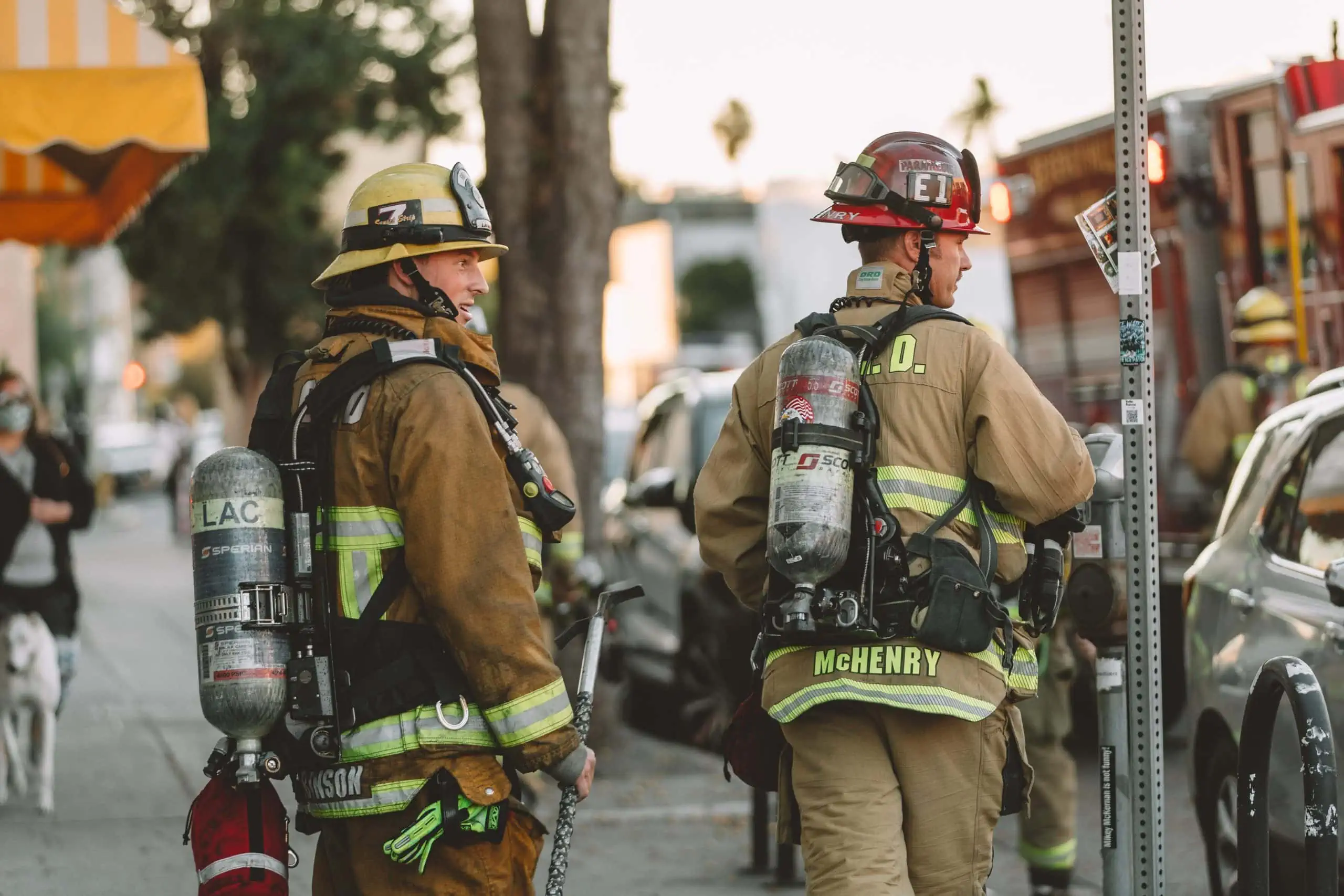Your cart is empty.

Verkada Bullet Camera Review
In my last article, I went in depth on Verkada’s various dome camera models. I answered the question, “How far can dome cameras see?”
I answered this by identifying three influence factors that determine how far a security camera system can see. For this article, I’ll be conducting a Verkada bullet camera review. I’ll also be exploring the same factors that influence the functionalities of bullet cameras.
- Focal length
- Camera resolution
- Placement
Focal Length
The focal length of the security camera is another term for the size of the camera lens. Of all the influencing factors, it is number one in determining how far a security camera can see.
The focal length is measured in mm (millimeters) and can be categorized as “fixed focal length” or “variable focal length.” Fixed focal lenses are commonly used and well suited for standard security surveillance applications. A varifocal lens can be adjusted to capture a wider area or so that it focuses on a smaller area in more detail.
A smaller focal length translates to a wider field of view for the camera. Alternately, a bigger focal length means a narrower field of view for the camera.
Camera Resolution
Another influencing factor that sets different models of security cameras apart is the camera resolution. A high resolution means the details of the imaging can be seen clearer than that of a low resolution camera.
Nowadays, high resolution cameras are becoming much more affordable. 720 pixels used to be the industry standard. But the lowest resolution that can now be found in an IP security camera is 1080p. The highest resolution on the market is 4K. This resolution can clearly capture a license plate from more than 100+ feet away.
Verkada bullet camera resolutions vary from 5mp to 4K. This creates a range of cameras that fit a variety of different industries and business needs.
Placement
The final influencing factor of how far a security camera can see is the physical placement of the camera. If your camera has incredible range and excellent night vision capabilities, that means nothing if there is an object standing in the way of its field of view.
Due to their long range, bullet cameras are best suited outside. They can be installed directly to a wall, building, fence, or post. They can also be mounted to a pole using specialized mounting equipment. A bullet camera will always function at its optimal strength if its view is not impeded. Refrain from installing the camera behind trees, walls and fences.
Now it’s time for a Verkada bullet camera review. Let’s look at the different models of Verkada bullet cameras to determine their different applications.
Bullet Camera Review
To start, the bullet camera is named for its shape, which resembles a bullet, or gun barrel.
Its long shape is no accident. The body style, large lens, and powerful optical zoom makes this camera suited best for long range viewing needs. Parking lots, open fields and other large areas require a longer range for surveillance. And the bullet camera is the ideal camera model to accommodate this need.
So what functionalities set the bullet camera apart from other camera types, like dome security cameras and turret cameras?
1. MOVEMENT
Dome security cameras are fixed firmly to their surface. However the design of the bullet camera easily allows for adjustments after it is installed. Thanks to its robotic neck and uniquely engineered body, the direction the camera is pointing can be changed. This eliminates the stress of possible miscalculations after installation is complete.
2. WEATHER-PROOF DESIGN
Bullet cameras can be installed almost anywhere. But they are mostly used outdoors due to their expansive field of view. Outdoor bullet cameras are built to withstand extreme weather conditions like pouring rain and brutal summer temperatures. This eliminates any worry that the electrical components will be compromised.
3. PLACEMENT
An example of ideal indoor placement for a bullet camera might be a large warehouse or factory. These types of spaces require long range viewing. But a dome shaped camera with a wide angle lens would be more appropriate for inside homes and small businesses.
Bullet cameras can be mounted to poles, walls, gates, overhangs, and fences, providing a much higher flexibility for installation compared to dome cameras. Also, it’s appearance can act as a deterrent for would-be vandals and trespassers.
4. DIVERSITY
Like music genres and sub-genres, there are a few “sub-genres” of bullet cameras with differing capabilities to choose from:
- Traditional CCTV bullet cameras, or analog cameras, that use DVRs to record footage
- More advanced IP bullet cameras that rely on a network cable and NVR to operate
- Bullet cameras with enhanced IR night vision
- Bullet cameras with AI functionality and motion detection
- Bullet cameras with enhanced optical zoom
This variety of features make bullet cameras extremely diverse in nature, providing one for every type of security situation.
Now let’s take a look at all of the Verkada bullet camera models and compare their features for our bullet camera review.
Verkada Bullet Cameras
CB51-E Bullet Camera
- Lens type: Motorized Optical Zoom
- Focal length: 2.8-8mm
- Field of view: 41° – 95° Horizontal, 31° – 59° Vertical, 50° – 105° Diagonal
- Image sensor: 1/2.8″ Progressive CMOS
- Resolution: 5MP (2688 x 1944p)
- Range: 30m (98 ft)
CB61-E Bullet Camera
- Lens type: Motorized Optical Zoom
- Focal length: 2.8-8mm
- Field of view: 43° – 95° Horizontal, 25° – 48° Vertical, 49° – 100° Diagonal
- Image sensor: 1/2.8″ Progressive CMOS
- Resolution: 4K (3840 x 2160p)
- Range: 30m (98 ft)
The CB51-E and the CB61-E are very similar cameras, including their same optical zoom lens and same sight range of 30m. But the CB61-E is the better choice if you are also concerned with capturing high level details.
CB51-TE Bullet Camera
- Lens type: Telephoto Zoom
- Focal length: 8-20mm
- Field of view: 15.9° – 38.9° Horizontal, 12.2° – 29.2° Vertical, 18° – 46° Diagonal
- Image sensor: 1/2.8″ Progressive CMOS
- Resolution: 5MP (2688 x 1944p)
- Range: 50m (164 ft)
CB61-TE Bullet Camera
- Lens type: Telephoto Zoom
- Focal length: 8-20mm
- Field of view: 17° – 41.8° Horizontal, 10° – 23.8° Vertical, 21° – 52° Diagonal
- Image sensor: 1/2.8″ Progressive CMOS
- Resolution: 4K (3840 x 2160p)
- Range: 50m (164 ft)
The CB51-TE and the CB61-TE are also very similar at first glance. These are Verkada’s most powerful bullet cameras. They each have a 3x telephoto zoom lens and can see at a range of 50m. These two models make excellent candidates for expansive areas like parking lots and outdoor work sites. Like the CB61-E, the CB61-TE has 4K resolution. The CB61-TE is the highest grade of bullet camera when considering all of the Verkada models.
To summarize our bullet camera review, Verkada bullet security cameras come with powerful ultra HD 4K resolution and 3x optical and telephoto zoom for long range viewing needs. Intelligent edge-based video analytics provide advanced insights into the entire organization that can be leveraged to improve operational efficiency as well as safety. Paired with the remote viewing dashboard, Verkada’s line of security cameras entirely transform security protocol using streamlined machine learning and cloud-computing.
Updated: Jan 6
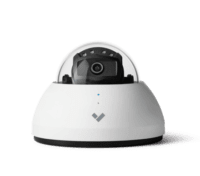
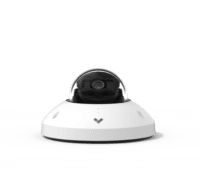
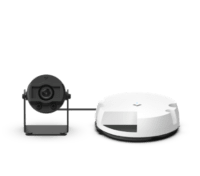

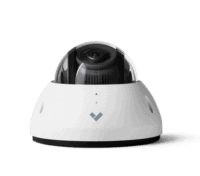
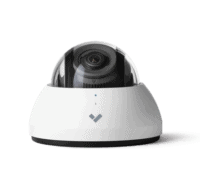
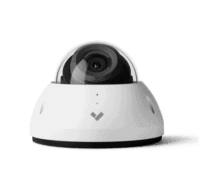
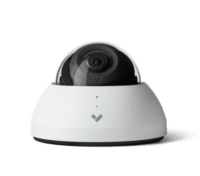
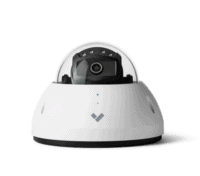

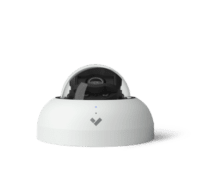
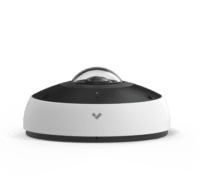
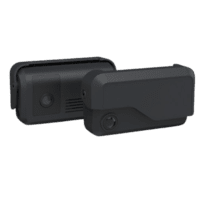
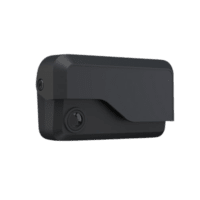
 Courtney Durler
Courtney Durler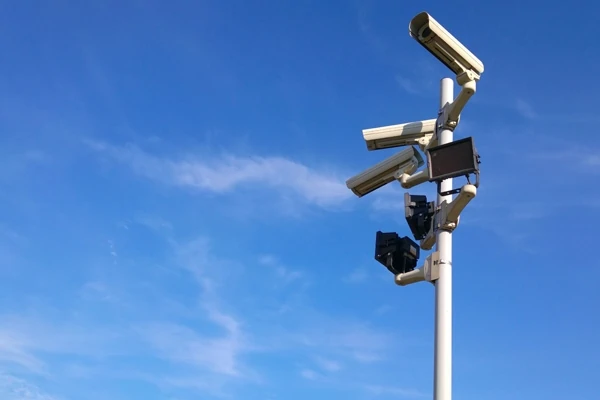
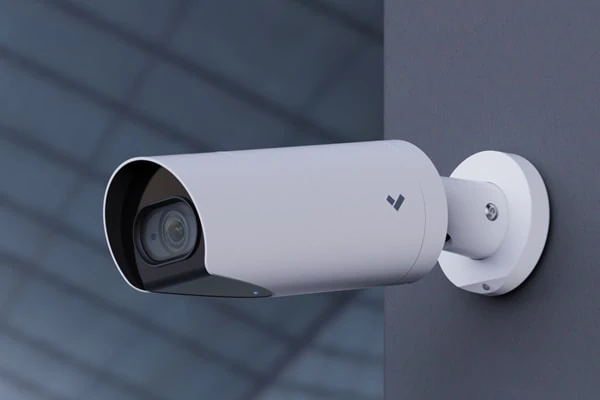
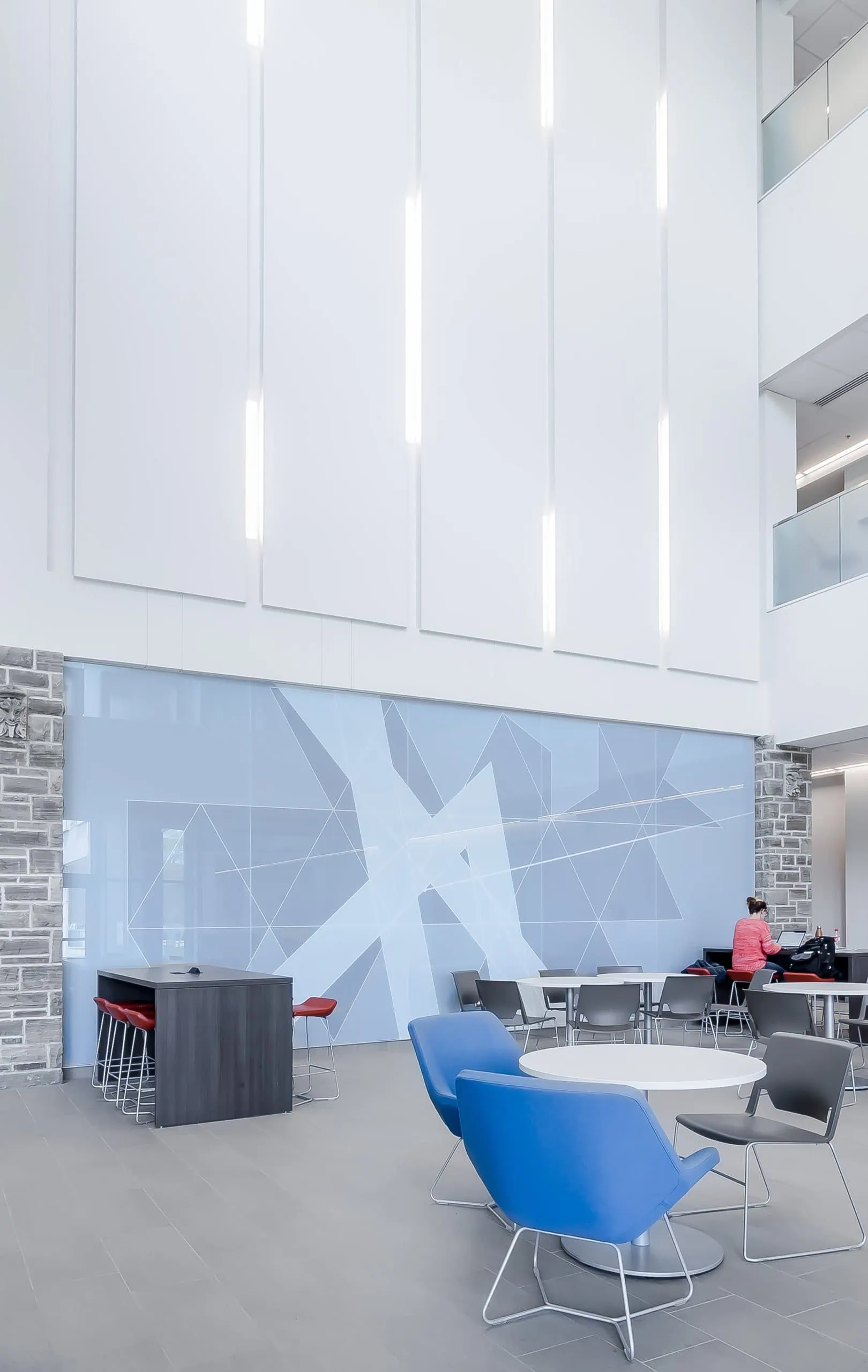
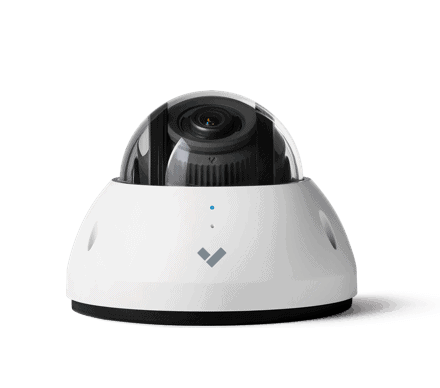 Jon Jones
Jon Jones
